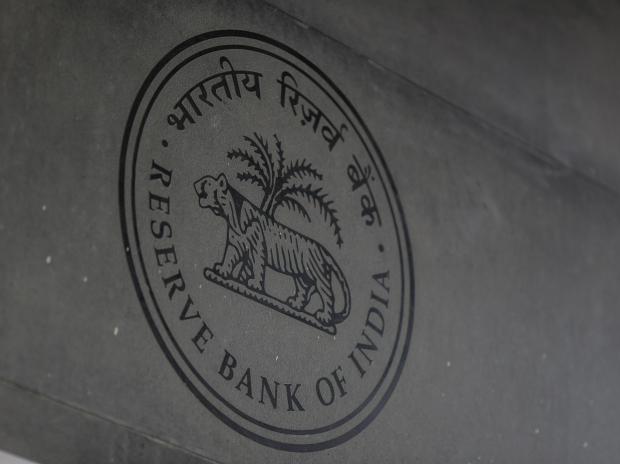WHAT IS GROSS DOMESTIC PRODUCT (GDP)

Gross Domestic Product (GDP)
Gross Domestic Product (GDP) is the final monetary value of the goods and services produced within the country during a specified period of time, normally a year. In simple terms, GDP is the measure of the country's economic output in a year. In India, contributions to GDP are mainly divided into three broad sectors — agriculture, industry, and services. GDP is measured over market prices and there is a base year for the computation. The GDP growth rate measures how fast the economy is growing. It does this by comparing the country's gross domestic product in one quarter with that in the previous one, and with the same quarter of the previous year.
The GDP growth rate is driven by GDP’s four components. The main driver is personal consumption, which includes the critical sector of retail sales. The second component is business investment, including construction and inventory levels. The third is government spending whose largest categories are social security benefits, defence spending, and medicare benefits. The government often increases spending to jump-start the economy during a recession. The fourth is net trade.
When the economy is expanding, the GDP growth rate is positive. If the economy grows, so do businesses, jobs and personal income. If it contracts, then businesses hold off investing in new purchases. They delay hiring new employees until they are confident that the economy will improve. Those delays further depress the economy. Without jobs, consumers have less money to spend. If the GDP growth rate turns negative, the country's economy is said to be in a state of recession.
The GDP growth rate is the most important indicator of economic health. It changes during the four phases of the business cycle — peak, contraction, trough, and expansion.
Nominal GDP is the value of all final goods and services that an economy produces during a given year; it is not adjusted for inflation. It is calculated by using the prices that are current in the year in which the output is produced. Nominal GDP takes into account all of the changes that occurred for all goods and services produced during the year. If prices change from one period to the next and the output does not change, the nominal GDP would change even though the output remained constant.
Real GDP, on the other hand, is the total value of all final goods and services that the economy produces during a given year, accounting for inflation. It is calculated using the prices of a selected base year. To calculate Real GDP, you must determine how much of GDP has been changed by inflation since the base year, and divide out the inflation each year. Real GDP, therefore, accounts for the fact that if prices change but output doesn’t, nominal GDP would change.
In January 2015, the government moved to the new base year of 2011-12 from the earlier base year of 2004-05 for national accounts. The base year of national accounts had previously been revised in January 2010. In the new series, the Central Statistics Office (CSO) did away with GDP at factor cost and adopted the international practice of valuing industry-wise estimates in gross value added (GVA) at basic prices.
RELATED BUDGET TERMS
GDP NEWS
-
 Kerala, UP lag as GSDP of 19 states exceed pre-Covid levels in FY22: Report
Kerala, UP lag as GSDP of 19 states exceed pre-Covid levels in FY22: Report
The economies of 19 states and UTs in FY22 exceeded their pre-coronavirus levels, as they recorded double-digit growth in the ...| August 22, 2022, Monday -
 Morgan Stanley cuts India's FY23 GDP forecast to 7.2%
Morgan Stanley cuts India's FY23 GDP forecast to 7.2%
It sees downside risks emanating from a weaker than expected global growth trend, supply-side-driven commodity price shock and ...| July 18, 2022, Monday -
 Risk of US recession now higher and more front-loaded, warns Goldman
Risk of US recession now higher and more front-loaded, warns Goldman
The Goldman economists now see a 30% probability of entering a recession over the next year, compared to 15% previously, and a ...| June 21, 2022, Tuesday -
Companies in clover, but there's something in the economy that's amiss

Today, far too many people earn far too little to support consumption growth of the kind the economy needs, notes T N Ninan| June 03, 2022, Friday -
 IMF may lower India's GDP growth projection for 2022 to below 8.2%
IMF may lower India's GDP growth projection for 2022 to below 8.2%
The IMF had cut India's gross domestic product (GDP) growth projection for 2022 to 8.2 per cent from 9 per cent in its World ...| May 31, 2022, Tuesday -
 India's GDP grows 4.1% in Q4; expands 8.7% in FY22: Govt data
India's GDP grows 4.1% in Q4; expands 8.7% in FY22: Govt data
Manufacturing sector contracts in March quarter due to supply disruptions| May 31, 2022, Tuesday -
 RBI revises inflation and growth forecasts; holds policy rates
RBI revises inflation and growth forecasts; holds policy rates
In its first monetary policy announcement of 2022-23, the RBI projected inflation to be at 5.7 per cent this financial year. Real ...| April 08, 2022, Friday -
Optimistic scenario: Can growth take care of all the economy's problems?

If the government thinks growth is the solution, can it be delivered in a slowing world with rising rates - within the domestic ...| February 04, 2022, Friday -
 LIVE: This Budget brings more infra, more growth and more jobs, says PM
LIVE: This Budget brings more infra, more growth and more jobs, says PM
Budget 2022 LIVE updates: Finance Minister Nirmala Sitharaman presented the annual Union Budget 2022-23 in Parliament today. ...| February 01, 2022, Tuesday -
 Economic Survey 2022 Highlights: Geopolitical risks bubbling up, says PEA
Economic Survey 2022 Highlights: Geopolitical risks bubbling up, says PEA
Economic Survey 2022 Highlights: India's FY22 GDP growth is seen at 9.2 per cent and GDP growth for 2023 is projected at 8 per ...| January 31, 2022, Monday






